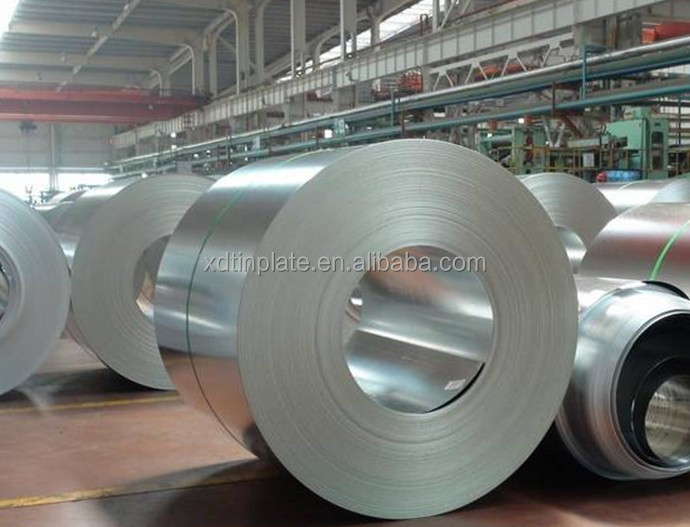
Nov . 10, 2024 09:21 Back to list
Innovative Solutions for Flip Top Tin Can Production and Design
The Innovation and Importance of Flip Tin Can Manufacturing
In an age where packaging plays a pivotal role in product marketing and preservation, the manufacturing of flip tin cans has emerged as a significant sector within the packaging industry. These cans, characterized by their easy-open flip-top design, provide consumers with convenience while ensuring products remain fresh and safe from environmental factors. The evolution of flip tin can manufacturing reflects advancements in technology, materials, and consumer preferences, making it a critical area to explore.
The Design and Functionality of Flip Tin Cans
Flip tin cans are typically made from high-quality tinplate or aluminum, offering excellent protection against moisture, light, and air. This is crucial for various products, particularly food and beverages, which require stringent protective measures to maintain quality and extend shelf life. The flip-top mechanism is designed for ease of use, allowing consumers to access the contents quickly without the need for additional tools. This feature not only enhances user experience but also aligns with the growing demand for convenience in today's fast-paced lifestyle.
The design of flip tin cans is not just about functionality; it is also an opportunity for branding and marketing. Manufacturers can utilize vibrant colors, unique shapes, and innovative printing techniques to create visually appealing products that stand out on store shelves. With increasing competition, the aesthetic aspect of packaging has become just as important as its practical uses, prompting manufacturers to constantly innovate and adapt to market trends.
The Manufacturing Process
The manufacturing process for flip tin cans involves several steps, each crucial to producing high-quality products. It begins with sourcing high-grade tinplate or aluminum, followed by cutting the materials into appropriate shapes. These sheets are then subjected to a series of processes, including forming, welding, and coating. One of the critical stages in producing flip tin cans is the creation of the flip-top mechanism. This step requires precision engineering to ensure that the lid can be easily opened yet remains securely attached to the can.
After forming, the cans undergo quality control checks to ensure they meet industry standards. These checks involve inspecting for defects, testing for leaks, and verifying that the cans can withstand various pressures. Once approved, the cans are printed with branding and labeling before being packed and shipped to distributors or directly to customers.
on the flip tin can manufacturer

Sustainable Manufacturing Practices
With the increasing focus on sustainability, flip tin can manufacturers are adopting environmentally-friendly practices. Many manufacturers are investing in recycled materials and implementing processes that reduce waste and energy consumption. The recyclability of tin and aluminum makes these cans an attractive option for environmentally-conscious consumers. In fact, recycling these materials helps conserve resources and significantly reduces carbon footprints.
Moreover, manufacturers are exploring alternative energy sources, such as solar or wind power, to further minimize environmental impact. Such initiatives not only align with global sustainability goals but also resonate with consumers who are more inclined to support brands that prioritize eco-friendly practices.
Market Trends and Future Prospects
The market for flip tin cans is projected to grow as a result of rising demand for convenient packaging options. The global trend toward healthier eating and organic products is driving the need for effective preservation methods, which flip tin cans provide. Additionally, with the surge of e-commerce and online shopping, manufacturers are also adapting their packaging solutions to cater to shipping requirements, ensuring that products remain intact during transportation.
As consumer preferences evolve, flip tin can manufacturers must remain agile, embracing new technologies and design innovations. The integration of smart packaging solutions, such as QR codes or NFC chips, could open new avenues for engaging consumers and providing additional product information.
In conclusion, flip tin can manufacturing is a vital component of the packaging industry, combining functionality, convenience, and aesthetic appeal. As sustainability becomes increasingly important and consumer demands evolve, manufacturers will need to innovate continuously to stay relevant. The future of flip tin cans looks promising, driven by technological advancements and a commitment to meeting the needs of a dynamic marketplace.
-
Cost-Effective Tram: GPT-4 Turbo AI Savings
NewsAug.03,2025
-
New Energy Vehicles with GPT-4 Turbo AI
NewsAug.02,2025
-
Premium 26 Gauge Galvanized Steel Coil Maker | Quality
NewsJul.31,2025
-
GPT-4 Turbo New Energy Vehicles: AI-Driven Efficiency & Smart Mobility
NewsJul.31,2025
-
Electric Vehicles for Sale: New Cars, Used Cars & NIO ES8 Offers
NewsJul.30,2025
-
BYD New Energy Vehicles: Innovative New Cars for a Greener Future
NewsJul.29,2025